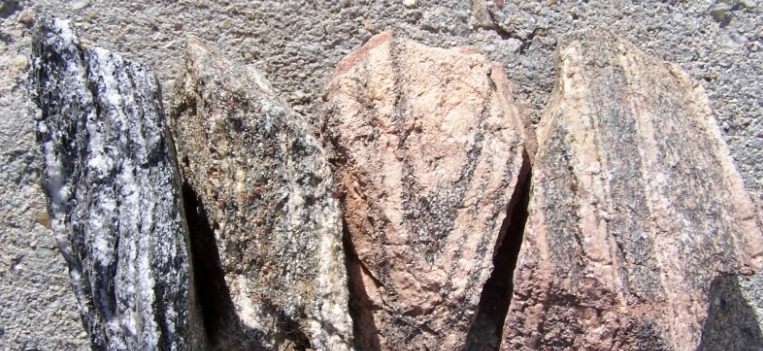Rocks are not static – they can change over time through a process called metamorphism. This transformation occurs deep within the Earth’s crust under high temperature and pressure conditions.
From Granite to Gneiss
Granite, a common igneous rock, can be transformed into a metamorphic rock known as gneiss. This process involves the recrystallization of minerals within the rock, resulting in distinctive banding or layering.
High Temperature and Pressure
The metamorphism of rocks like granite into gneiss occurs in the deep crust or even the upper mantle of the Earth. The intense heat and pressure cause the minerals within the rock to reorganize and align in layers, creating the banded appearance characteristic of gneiss.
Mineral Changes
During the metamorphic process, the minerals within the rock can change composition. For example, the feldspar and quartz in granite may transform into minerals such as garnet, mica, or amphibole in gneiss. These new minerals give gneiss its unique appearance and properties.
Continued Transformation
Metamorphism is a dynamic process that can continue over millions of years. Rocks like granite can undergo multiple phases of metamorphism, leading to the formation of different metamorphic rocks such as schist or marble.
Impacts on the Earth’s Crust
The transformation of rocks like granite into gneiss has significant implications for the Earth’s crust. Metamorphism plays a crucial role in the formation of mountain ranges, as rocks are subjected to intense pressures and temperatures during tectonic processes.
Understanding the process of metamorphism, from granite to gneiss, provides valuable insights into the dynamic nature of rocks and the Earth’s crust. This ongoing transformation shapes our planet’s geology and landscapes in profound ways.

